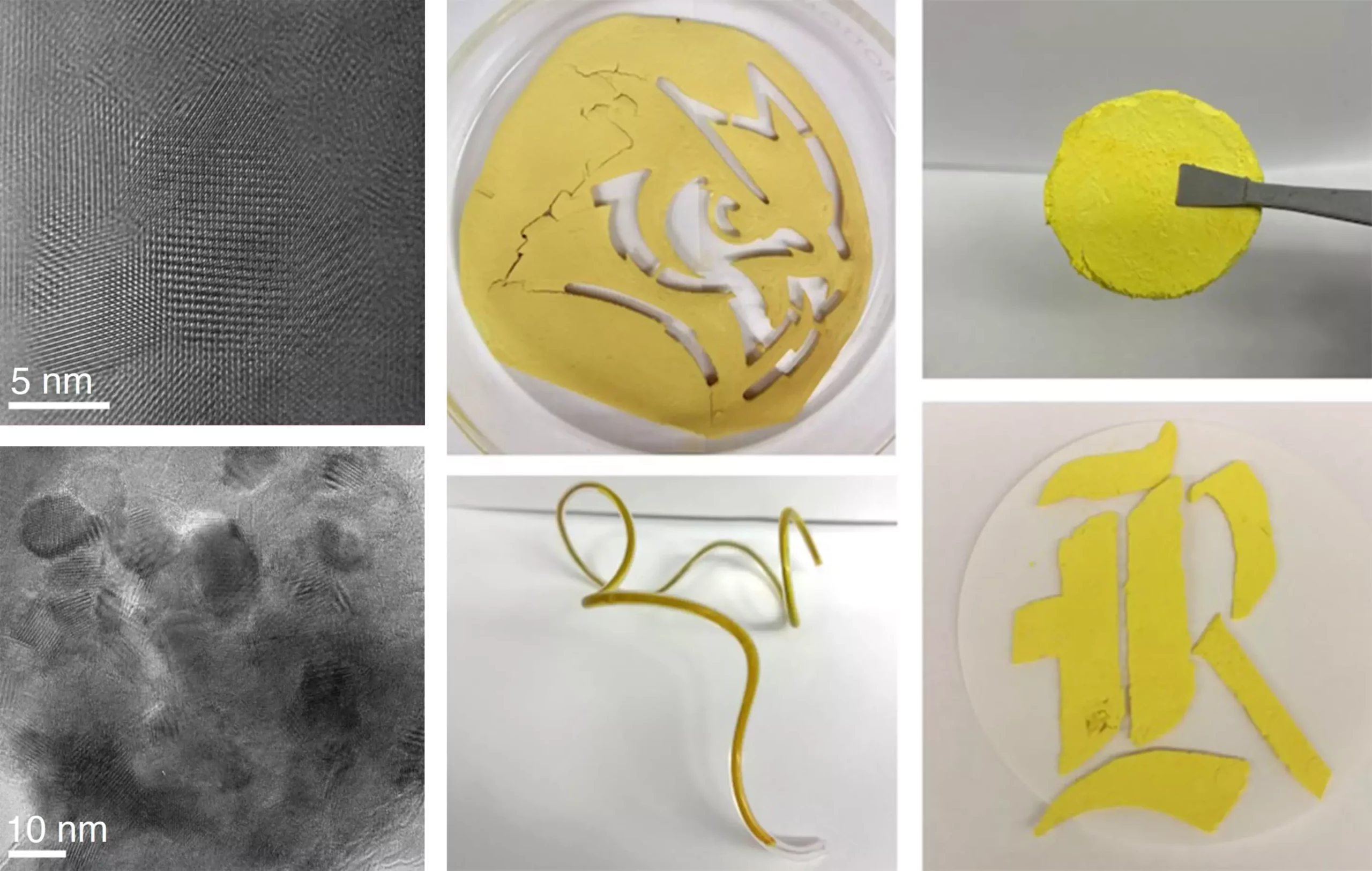In the quest for sustainable solutions to pressing environmental issues, scientists have increasingly turned to advanced materials. Among these, covalent organic frameworks (COFs) have emerged as one of the most promising candidates for addressing concerns related to energy storage, pollution mitigation, and the removal of hazardous substances. COFs, characterized by their structure of interconnected organic compounds, exhibit unique properties such as high porosity, tunable surface areas, and customizable molecular structures. These attributes make them valuable in applications ranging from gas trapping to water filtration and even in catalyzing chemical reactions.
As the focus intensifies on mitigating environmental hazards, Rice University’s engineering team, led by chemical engineer Rafael Verduzco, has made significant strides in COF research, demonstrating how innovative synthesis methods can enhance both the efficiency and applicability of these materials.
Traditionally, the production of COFs has been hindered by time-consuming and costly synthesis methods that require high temperatures, high pressures, and sometimes toxic solvents. The Rice University researchers recognized these limitations and sought to develop a more efficient and safer approach. Their latest study, published in **ACS Applied Materials and Interfaces**, not only presents a new synthesis technique for COFs but also emphasizes a detailed analysis of existing methods, delineating their merits and drawbacks.
Utilizing a multiflow microreactor, the team has designed a “minifactory” setup that allows for continuous production of COFs. According to Safiya Khalil, a Ph.D. alumna from Rice and lead author of the study, this method mimics a bakery that produces cookies in small batches, enabling real-time adjustments in the reaction environment. This level of control is crucial when it comes to achieving quality and consistency—virtues that can significantly influence the performance of COFs in practical applications.
One of the most alarming environmental concerns today is the presence of per- and polyfluoroalkyl substances (PFAS) in water supplies. Often referred to as “forever chemicals” due to their persistent nature and associated health risks, PFAS compounds pose a unique challenge for filtration and breakdown. The effectiveness of one COF synthesized through the Rice method demonstrated exceptional potential in degrading perfluorooctanoic acid (PFOA), a notable PFAS variant linked to serious health issues, including cancer and reproductive harm.
Verduzco noted that this finding adds to the growing body of evidence that COFs can play a pivotal role in developing efficient technologies for contaminant removal. Such advancements in the synthesis of COFs could usher in a new era for environmental remediation technologies, providing effective solutions to combat harmful pollutants in various ecosystems.
The implications of the new synthesis technique extend beyond just COFs’ immediate applications. The ease of production and scalability potential suggests that these materials could soon be integrated into broader environmental technologies. A key feature of this method is its ability to synthesize COFs with enhanced crystallinity and structural quality, which are critical aspects for optimizing their performance.
Khalil’s analogy of baking cookies highlights the efficiency and precision inherent in this innovative system. By allowing constant production with regular adjustments for temperature and mixing, researchers can ensure that the final product meets the exact specifications needed for various applications. This advancement signifies a transformative leap forward in the field of material science, wherein streamlined processes can lead to greater empirical exploration and faster discovery of new materials with enhanced capabilities.
As the scientific community continues to confront an array of environmental challenges, the ongoing research at Rice University illuminates the potential of COFs as a crucial element in sustainable technology. The ability to efficiently produce high-quality COFs at a low cost is not merely a technical achievement; it represents a turning point in environmental science, where innovation meets practicality.
The implications of continuous flow synthesis of COFs might extend into numerous sectors, including semiconductor technology, drug delivery, and sensor development. As researchers continue to refine their methods and expand their exploration of COFs’ capabilities, it is likely that this class of materials will emerge as fundamental building blocks for innovative solutions that pave the way for a cleaner, safer, and more sustainable planet.
Rice University’s groundbreaking work on COFs embodies the spirit of innovation necessary to tackle the environmental challenges of our time. By enhancing our ability to synthesize these versatile frameworks efficiently, we stand on the brink of a new era in both material science and environmental remediation.

